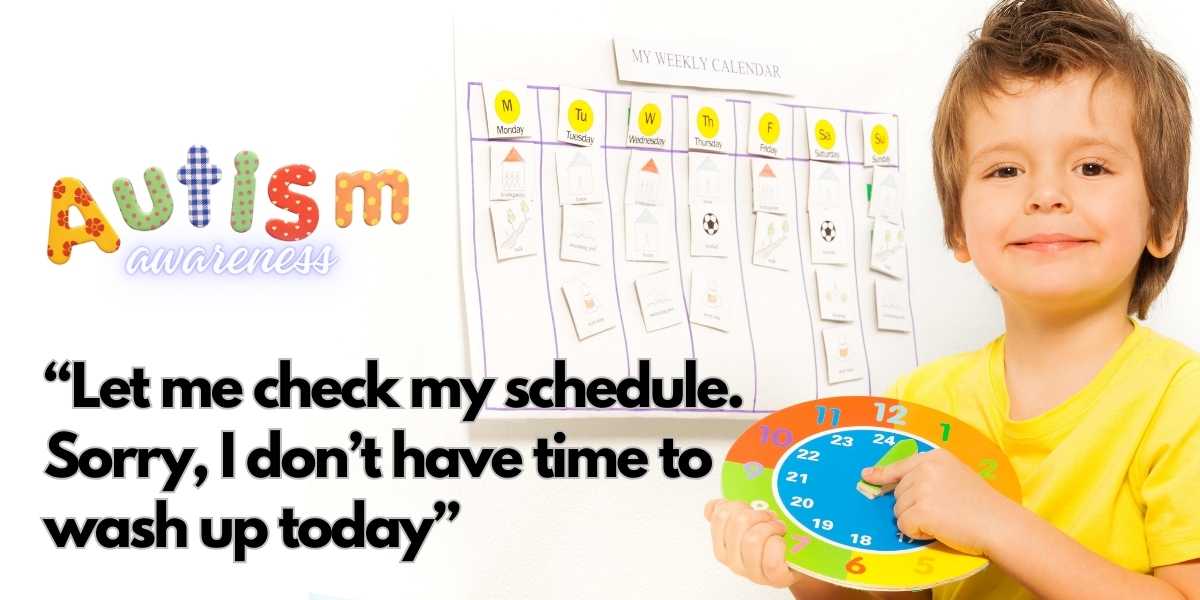Children with Autism Spectrum Disorder (ASD) and Attention Deficit Hyperactivity Disorder (ADHD) often face challenges when it comes to managing their time and routines. Visual timetable boards, also known as “Now and Next” boards, have emerged as a valuable tool to support these children in gaining a level of independence in their daily lives. In this article, we will explore what visual timetable boards are and the numerous short-term and long-term benefits they offer to children with autism and ADHD.
What Are Visual Timetable Boards?
Visual timetable boards are a visual support system designed to help individuals, especially those with autism and ADHD, understand and anticipate their daily routines and activities. These boards consist of a series of images or symbols representing different tasks, activities, or events, and they are typically arranged in a chronological order.
Short-Term Benefits
- Improved Communication: Visual timetable boards offer a non-verbal and intuitive means of communication. Children can point to or indicate the upcoming activity, reducing the need for verbal instructions and potential misunderstandings.
- Enhanced Understanding: Visual cues help children with autism and ADHD better comprehend and process the sequence of activities. They provide a clear structure and a tangible way to grasp what to expect throughout the day.
- Reduced Anxiety: Knowing what lies ahead can significantly reduce anxiety for children with autism and ADHD. Predictability and routine can offer a sense of security and comfort, lowering stress levels.
- Better Transitions: For many children with these conditions, transitions between activities can be challenging. Visual timetable boards facilitate smoother transitions by allowing them to mentally prepare for the next activity.
Long-Term Benefits
- Improved Independence: Over time, children using visual timetable boards can develop the ability to manage their routines independently. This fosters a sense of self-reliance and accomplishment.
- Enhanced Time Management Skills: Visual timetables teach children the concept of time and scheduling. As they become more proficient in using the boards, they are likely to improve their time management skills, which can be beneficial in various aspects of life.
- Social Interaction: Visual timetable boards can be introduced in school and therapy settings, allowing children to interact with peers who may also use similar visual supports. This shared tool can encourage social engagement and cooperative learning.
- Empowerment and Confidence: As children with autism and ADHD become more proficient in managing their schedules, they gain a sense of empowerment and self-confidence. This newfound confidence can positively impact their overall well-being and self-esteem.
Conclusion
Visual timetable boards, or “Now and Next” boards, have proven to be invaluable tools for children with autism and ADHD. These visual supports offer a wide range of benefits, both in the short-term and long-term. They enhance communication, reduce anxiety, and foster independence and time management skills. By providing structure and predictability, visual timetable boards empower children to navigate their daily lives with confidence, ultimately leading to a brighter future for these exceptional individuals.








